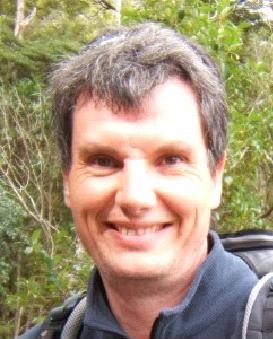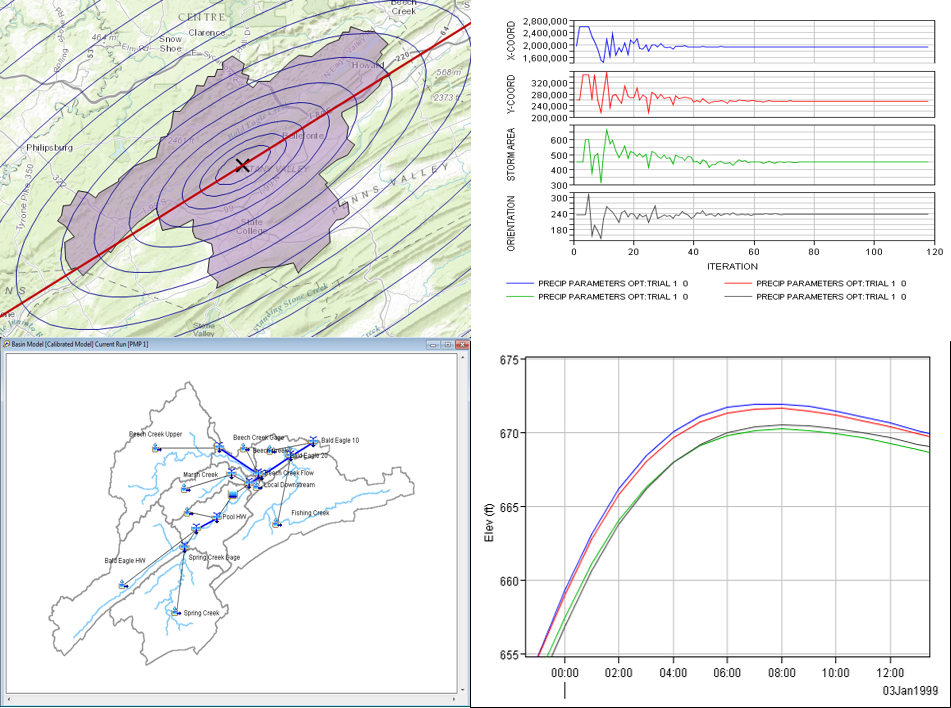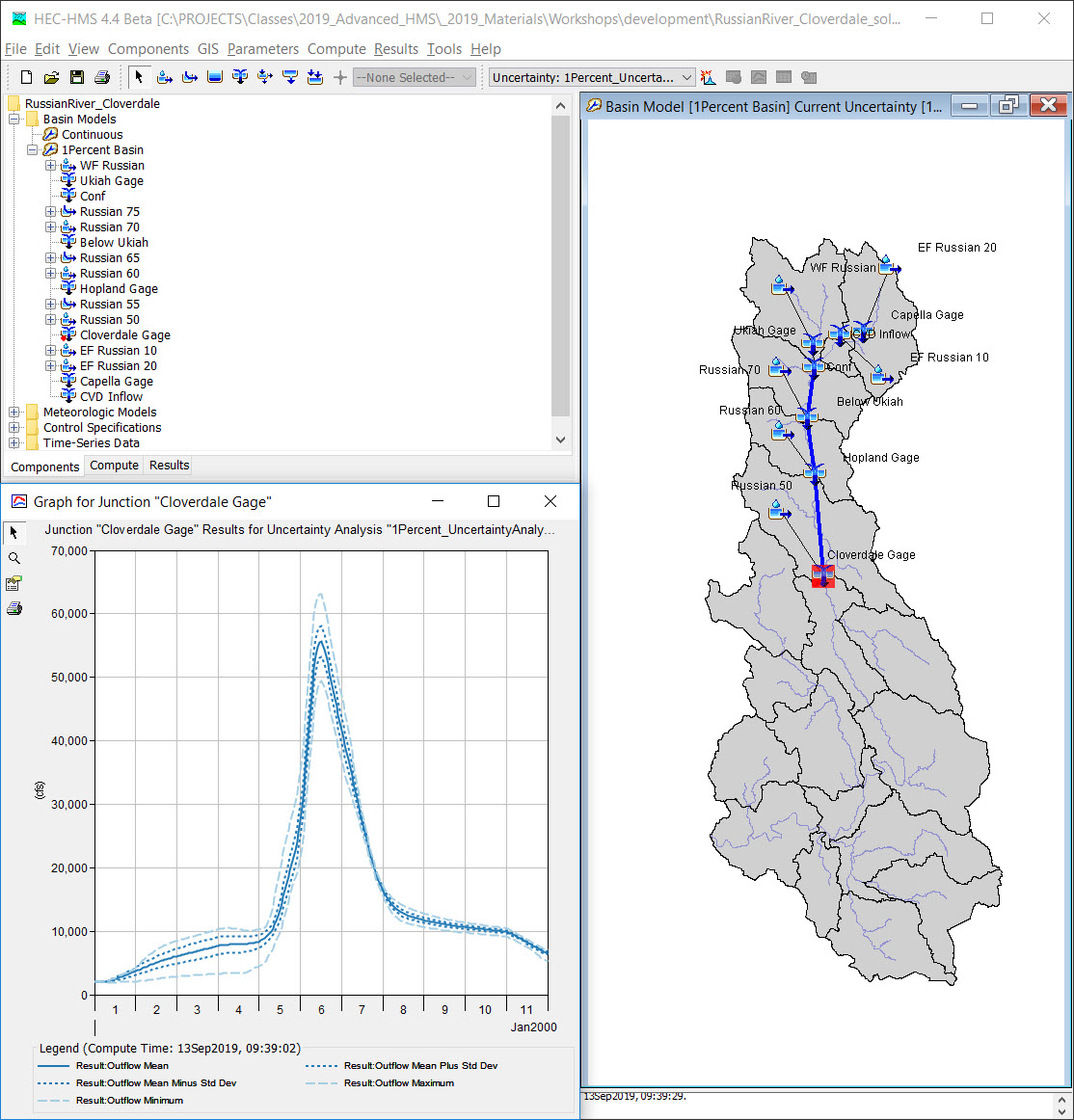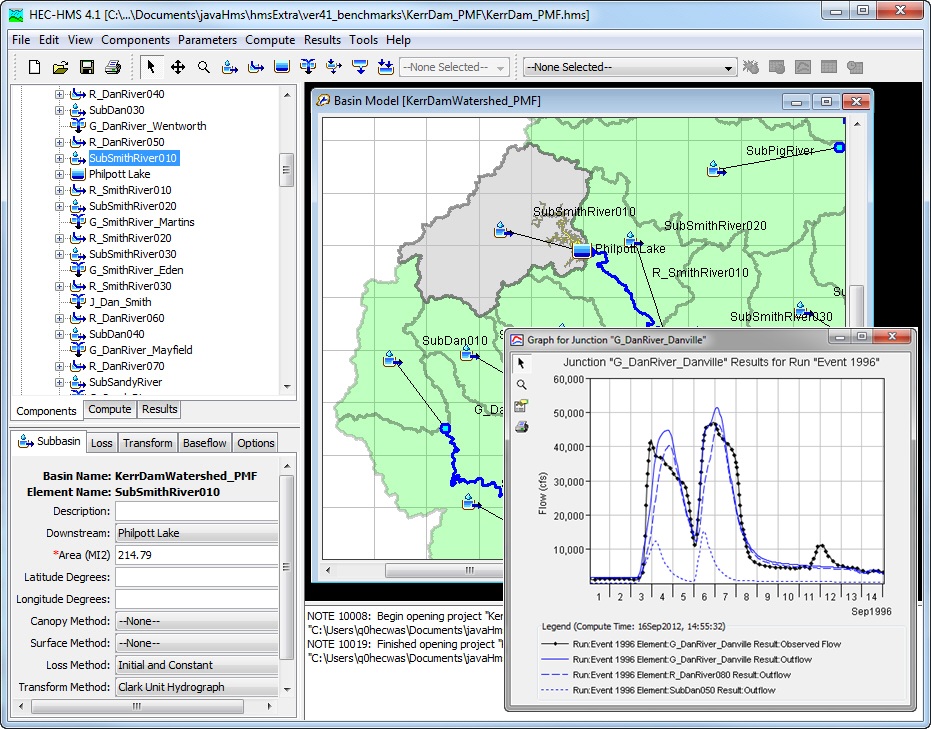Video
Webinar: Modelling with HEC-HMS
Using meteorological data to provide increasingly realistic simulations of the rainfall-runoff process.
About
Find out how the latest HEC-HMS developments are taking advantage of vast amounts of newly available meteorological data to provide increasingly realistic simulations of the rainfall-runoff process. The U.S. Army Corps of Engineers Hydrologic Engineering Center’s Hydrologic Modeling System (HEC-HMS) simulates the entire hydrologic process. We invite you to join this free webinar demonstrating the process of building and running a model in HEC-HMS and providing an overview of new features and capabilities.
Presenters
Thomas Brauer
USACE
Tom is a Water Resources Engineer specialising in Hydrologic Modelling and Software Development. As lead developer of HEC-HMS, Tom oversees all code activity undertaken by the HEC-HMS team. Tom archi... Read more
Michael Bartles
USACE
Mr. Bartles is a Hydraulic Engineer with ten years of experience specializing in Hydrologic and Hydraulic Modeling, Statistical Hydrology, and Software Development. Mike has been the project lead for... Read more
Krey Price
International Water Training Institute
Educated at the University of California at Berkeley, Krey is a civil engineer and project manager with international experience in water resources. He is engaged in computational modelling, engineeri... Read more
Steven Joynes
Golovin
Steven has over 34 years experience in developing, utilising and managing water modelling projects. He completed a Ph.D in Computational Hydraulics in 1988 and went to London to work for one of the "B... Read more









